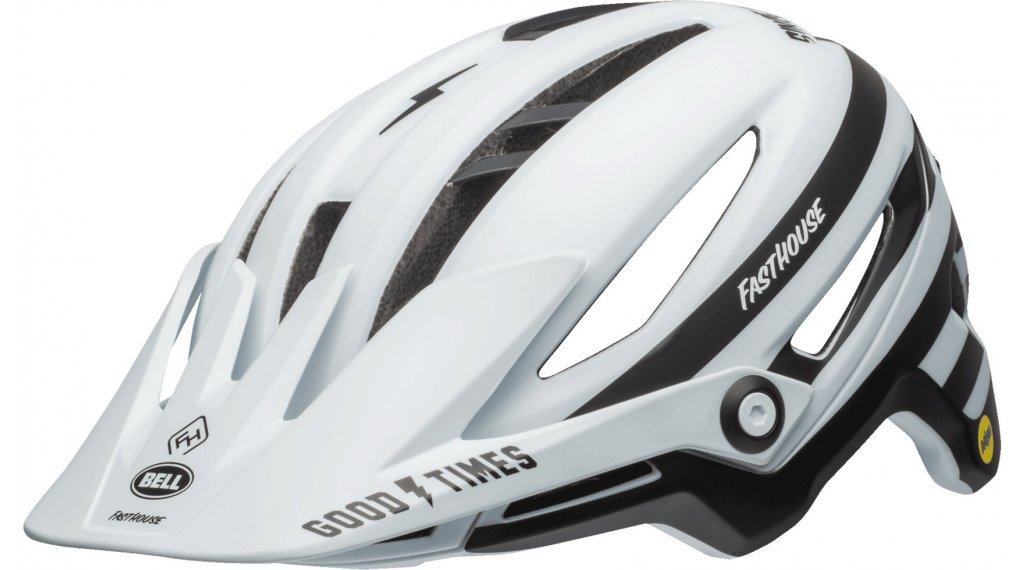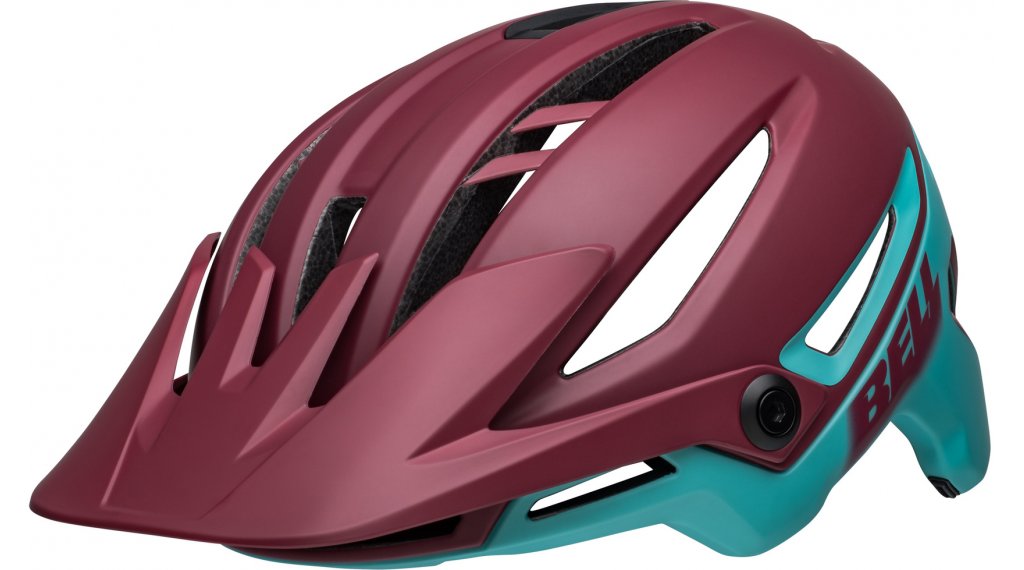In this chapter we explain the technologies that the manufacturer uses in this product.
Fusion In-Mold Polycarbonate Shell
The EPS foam is injected into the thin microshell shell while it's still in the mold (or "mold", which explains the name) rather than molding it separately and then gluing it on later. This process was first introduced by Bell and is now the standard for all demanding helmets.
Float Fit Race™
Bell's newest fitting system is slim, light and incredibly versatile. Float Fit Race™ offers a 22 mm height adjustment and additionally a finely rastered width adjustment of the padding at the back of the head. The system is seamlessly connected to the MIPS, which helps the helmet "disappear" once you put it on.
X-Static® Pads
The X-Static XT2® pads are woven with silver threads. Fast-drying and antibacterial, they work against odors. In addition, the X-Static® pads give the driver a cooling feeling when it is hot and a warming feeling when it is cold thanks to their thermal properties.
MIPS
The MIPS® safety system was developed to provide additional protection for helmets in numerous accidents. In certain impact situations, the MIPS system can reduce dangerous forces that might otherwise be transmitted to the helmet wearer's head.
1. Conventional helmets are designed and tested for a straight impact. In most cases, however, the impact is at an angle, which can cause rotational movements for the head.
2. This rotational movement can cause brain injury.
3. The low-friction shell is designed to help reduce rotational movement of the head in certain cases of angled impact.
Straight impact - oblique impact
The brain is typically more sensitive to rotational movement than linear movement because it has a shear strength similar to that of water or gel. When rotational movement causes different parts of the brain to move at different times, the tissues can be stretched, causing concussions or other brain injuries.
Rotational motion is a common cause of concussion and more serious brain injury from an oblique impact to the head. The MIPS system consists of a low-friction shell that is fixed inside the helmet. The low-friction shell is designed to slide slightly inside the helmet in the event of an accident, allowing forces to be directed away from the head. It is said to help reduce the risk of brain injuries.
Most conventional helmets are designed for a straight impact, but in most cases the impact is at an angle. The low-friction shell can reduce the rotational forces of an oblique impact.
Security system with the brain as a model
Unlike conventional helmets, which are primarily designed and tested for a straight impact, the low-friction shell of the MIPS system mimics the brain's own protection system against rotational movement. The cerebrospinal fluid is our natural defense system that allows the brain to move offset to the skull.




































